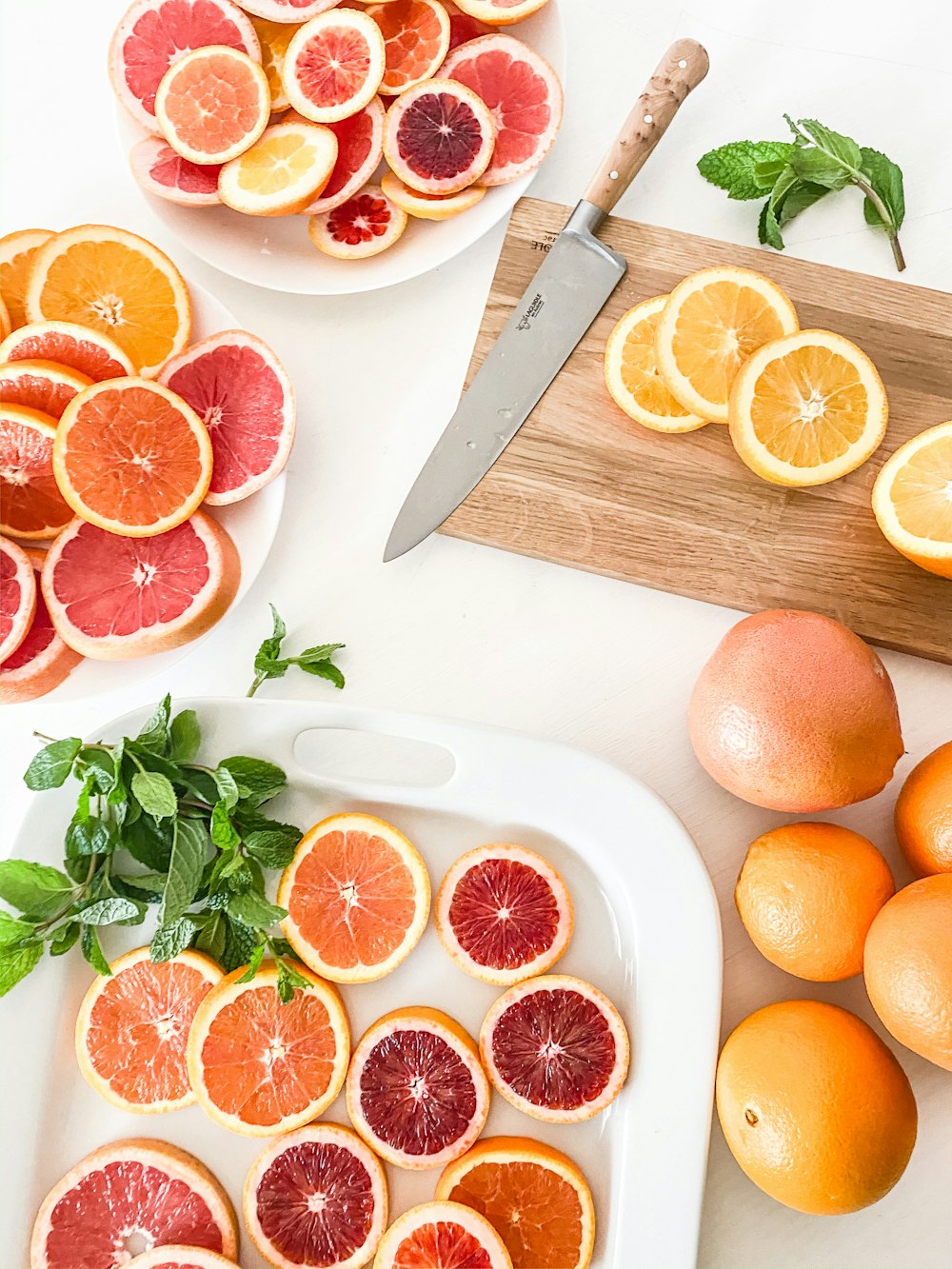Colorful Fruits Veggies: Not Just Pretty Faces
Not Just Pretty Faces- It is well documented that colorful fruits and vegetables contain cancer-fighting substances and gives the full spectrum of disease prevention. For maximum many benefits, you ought to follow a number of vegetables and fruits of numerous colors (plant pigments).
The reason for different colors is each colored fruit or vegetable has a different phyto-chemical (phyto means plant).
These phyto-chemicals within the fruit and veggies usually reduce the probability of certain types of cancer. It is important to eat at least 45 servings of fiuits or vegetables every day.
The following is a summary of a few of the phyto-chemicals within fiuits and vegetables that can lessen your chance of cancer and coronary disease:
Lycopene 's what gives many vegatables and fruits, including tomatoes, their deep red color. Lycopene is often a carotenoid, or plant pigment, within the same family as beta-carotene. However, lycopene is not only a colorful addition on the fruit. Lycopene has powerful antioxidant properties which have been consideration to fight variations of cancer. National research indicates that fruit and veggies which contain lycopene, particularly tomatoes, might help to prevent cancer of the prostate, as well as colon, stomach, lung, esophageal, and pancreatic cancers, according to the American Institute for Cancer Research.
Lycopene has also been linked with a lesser risk of heart attacks secondary to heart disease.
vegetables also provide considerable amounts of beta-carotene, as an example: pumpkins, winter squash, carrots, and cantaloupe.
Resveratrol inhibits the expansion of cancer by preventing the start of DNA damage in a very cell and the transformation of the normal cell in a cancerous cell. It also helps to inhibit the growth and spread of tumor cells. Resveratrol also seems to become cardioprotective, based on recent medical research.
This particular cancer-fighting agent has additionally been demonstrated to have similar effects about the cancer cells of the breast and pancreas.
The reason for different colors is each colored fruit or vegetable has a different phyto-chemical (phyto means plant).
These phyto-chemicals within the fruit and veggies usually reduce the probability of certain types of cancer. It is important to eat at least 45 servings of fiuits or vegetables every day.
The following is a summary of a few of the phyto-chemicals within fiuits and vegetables that can lessen your chance of cancer and coronary disease:
1. Lycopene
 |
| unsplash.com |
Lycopene has also been linked with a lesser risk of heart attacks secondary to heart disease.
2. Beta-carotene
Beta-carotene is really a powerful antioxidant, that has cancer fighting properties. For example, sweet potatoes, that are loaded with soluble fiber, contain cancer-fighting antioxidants (beta-carotene) and vitamins C and E. Other options for beta-carotene are dark green, leafy vegetables, like spinach, kale, bok choy, and also other greens. Orange and deep yellow fruits andvegetables also provide considerable amounts of beta-carotene, as an example: pumpkins, winter squash, carrots, and cantaloupe.
3. Flavonoids
Flavonoids m:e a small grouping of phyto-chemicals present in many fruits, vegetables, and grains. The form of flavonoid that is found in grapes is called resveratrol. This compound is available primarily inside the skin of grapes. It is also contained in grape juice and red wine. Several studies have shown until this form of flavonoid may be instrumental in eliminating cancer of the colon, liver, and breast.Resveratrol inhibits the expansion of cancer by preventing the start of DNA damage in a very cell and the transformation of the normal cell in a cancerous cell. It also helps to inhibit the growth and spread of tumor cells. Resveratrol also seems to become cardioprotective, based on recent medical research.
4. Ellagic acid
This phyto-chemical is seen in many types of fruits, vegetables, and grains. It appears to cut back damages to DNA a result of carcinogens, including cigarettes and air pollution. Berries contain high amounts of ellagic acid, and it has become shown that as few as a cupful of raspberries or blueberries slowed the expansion of abnormal colon cells in humans, and, occasionally, prevented or destroyed the roll-out of cells that were infected with a persons papillomavirus (HPV), which is the cause of cervical cancer.This particular cancer-fighting agent has additionally been demonstrated to have similar effects about the cancer cells of the breast and pancreas.
